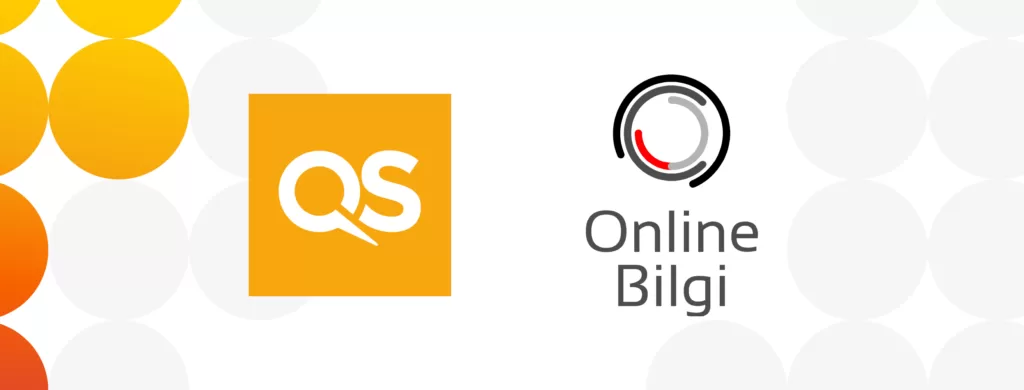
The apprenticeship levy offers a range of benefits to universities, and focus must be placed on marketing these government–funded courses to businesses.
In 2015, the UK Government imposed the apprenticeship levy, a scheme set up to increase the number of apprenticeships being undertaken in the UK.
By 2017, it was a legal requirement for large businesses with a wage bill that exceeds £3million per annum to be taxed 0.5% of their company’s pay bill.
This money could then be accessed by both levy-paying and non-levy paying businesses across the UK, with the goal of creating three million new apprenticeships by 2020.
There are a range of higher education options that can be accessed via the apprenticeship levy, as long as the course combines on-the-job training with independent study and meets other government requirements.
For example, someone who wishes to pursue a Master of Business Administration (MBA) can remain in employment and work with their current company to access the apprenticeship levy.
It therefore offers businesses a government-funded method of investing in the skills and development of their employees and allows these employees to pursue higher education without personal cost.
Read on to discover the benefits for universities, employers, and employees, or simply contact our QS Enrolment Solutions team.
What are the benefits of the apprenticeship levy for universities?
As Steve Hill, External Engagement Director at The Open University explains, the apprenticeship levy is “not just an opportunity for employers. The introduction of the levy presents an opportunity – and responsibility – for the higher education sector too.”
The apprenticeship levy offers further space for student recruitment efforts in that it is another route that prospective students can take towards higher education.
This is particularly important now as UK student numbers plateau, with only a 1% increase in student numbers between the academic years 2016/17 and 2017/2018.
The apprenticeship levy is therefore a great way for institutions to increase student numbers, and in turn, make up for lack of funding from traditional fee-paying students.
Since higher education via this approach would be free for students, universities might find it easier to encourage them to enroll in these courses; compared to an equivalent, non-funded course.
Steve Hill expands: “By building stronger links between industry and universities, the sector will have a new avenue for growth.”
When universities connect with businesses, this also presents other exciting opportunities for the institutions, such as collaborating on research and further internships and placements for students.
Business connections also provide universities with access to up-to-date knowledge and expertise from within various industries.
This can then be utilized by the university to improve the courses they offer; ensuring that all teaching remains relevant and produces the best candidates possible for each sector.
How can universities start making the most of the apprenticeship levy?
An initial step that can be taken in getting the most out of the apprenticeship levy is to identify the funded courses your institution could potentially offer.
The government has provided a list of approved subject areas that can be supported by the apprenticeship levy, which can then be used to determine whether your institution has the capacity to provide related courses.
For example, universities that already offer MBAs could quite easily also provide an apprenticeship levy-funded course at very little cost to them.
The university must adapt the course so that it meets the government criteria for funding, but with the financial benefit to the university likely to outweigh the admin costs of doing so, it is certainly in the university’s best interests.
On the other hand, courses that require specific facilities that your institution does not already have, such as dental technology, might come at too high a cost if this were to be offered as an apprenticeship levy–funded course.
Another step that institutions should take is to evaluate what links with businesses they already have as there may be current subjects with established relationships.
These businesses, who might not be knowledgeable about the apprenticeship levy, should then be informed about the benefits of this training, and the necessary processes needed.
Approaching existing stakeholders where connections are already established may increase the likelihood that they’ll be willing to take part in the scheme.
It’s also a good idea for universities who are just starting to utilize the apprenticeship levy to look to local students to fill spaces with each business.
If a student lives locally to the collaborating businesses, this student is more likely to say yes to the placement; given the convenience and lack of travel costs.
How can universities encourage employers to access the apprenticeship levy?
It’s important that your university has marketing material directed at businesses, in an effort to increase participation.
A business might need to be alerted to the existence of the levy and the benefits it could offer them.
A key benefit to highlight to employers is the upskilling of staff, and the importance of having a long-term business strategy that includes developing the talent of current employees.
As explained by Mercer: “You achieve your growth targets through people, so your business is your ability to tap into people, and ensure they thrive.”
It is also important to explain that there is an almost immediate return on investment in that the student will learn about trade–specific skills that they can instantly apply to their everyday work.
Kesh Patel, a consultant at QS, says: “I have been working in my sector for over 10 years and have a good grounding in the industry. However, having started my MBA in July of this year, I’m now in the position where I can apply up-to-date industry knowledge from the MBA directly to my current role, which is hugely beneficial to the company.”
Universities should also communicate the positive ripple effects the apprenticeship levy can have on an organization’s brand.
A company that clearly invests in its employees is incredibly attractive to potential talent, as it creates an image of a progressive and encouraging workplace.
Additionally, employees who feel valued are more willing to stay and progress within a business than those who feel disregarded.
Ultimately, this results in senior members of staff who have worked their way up within the company, providing a business with managers who are knowledgeable and loyal.
How can universities encourage employees to access the apprenticeship levy?
Marketing material must also be directed at those in employment who may benefit from pursuing further education.
At the core of your messaging should be the fact that, via this method, students will gain training and a qualification at no extra cost to them.
Amie Edwards-McLean, B2B Marketing Manager at QS, says: “For me personally, I always thought that an MBA would be something that I would have to look into at a later stage in my career, due to the high costs of the programs. This opportunity has allowed for me to strive towards achieving my educational goals much sooner than planned and will help me to grow both personally and professionally, while also benefitting the business with both my learnings and network.”
The skills gained not only improve the student’s performance in the role they are currently in but also provide them with wider trade skills that will boost their future career prospects.
Students who pursue higher education via the levy will remain employed, meaning that they can continue to earn a wage during this time and progress within their company.
On successful completion of their degree, these employees will also have additional leverage in requesting a promotion or pay rise.
It is important that the benefits of accessing higher education via the apprenticeship levy is communicated clearly to both employers and employees.
For help with recruiting students to these courses, and encouraging employers to take part, please contact the team at QS Enrolment Solutions.



